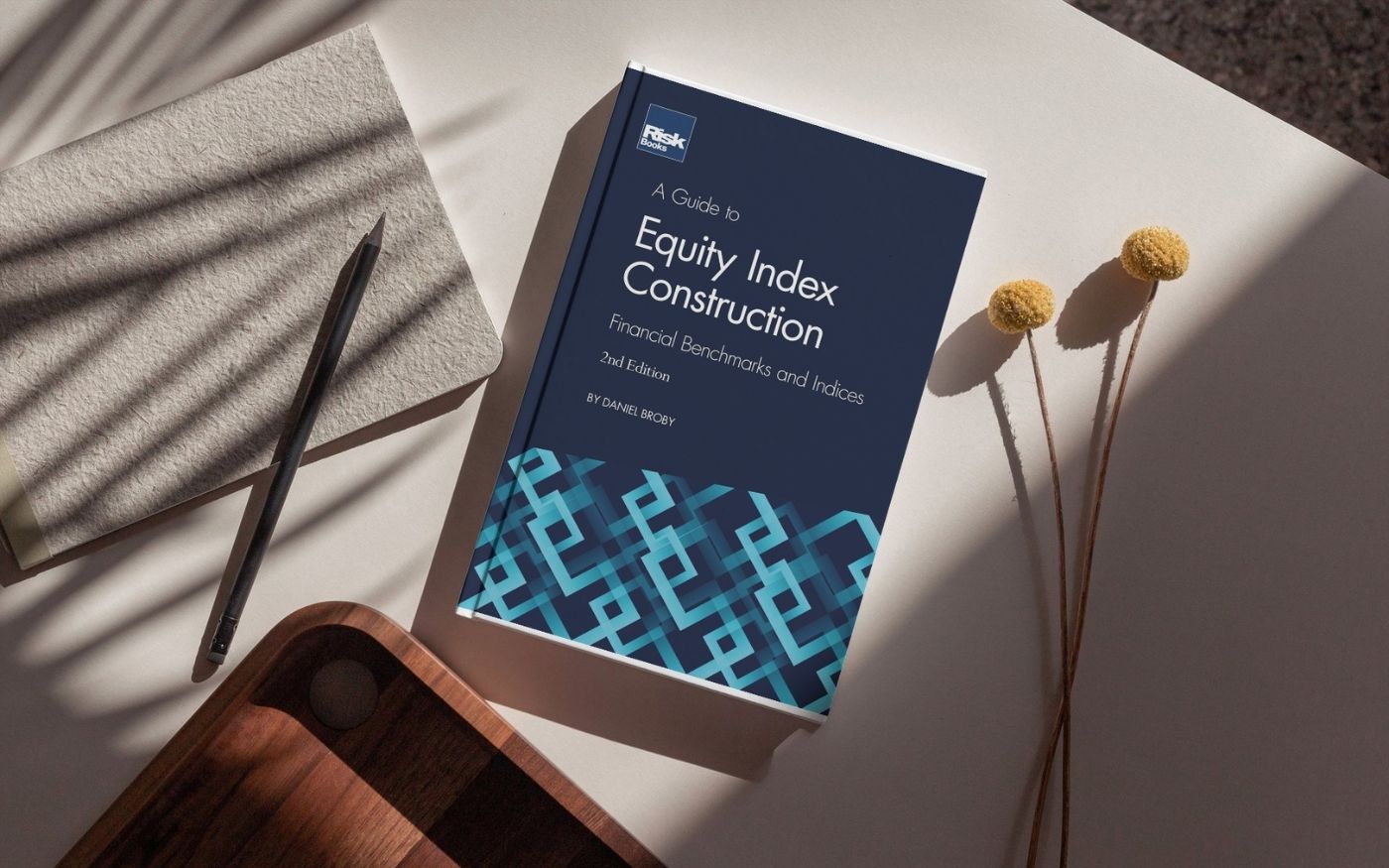Research by: Sebastian C. Ibañez & Christopher P. Monterola
ABSTRACT
Accurate prediction of crop production is essential in effectively managing the food security and economic resilience of agricultural countries. This study evaluates the performance of statistical and machine learning-based methods for large-scale crop production forecasting. We predict the quarterly production of 325 crops (including fruits, vegetables, cereals, non-food, and industrial crops) across 83 provinces in the Philippines. Using a comprehensive dataset of 10,949 time series over 13 years, we demonstrate that a global forecasting approach using a state-of-the-art deep learning architecture, the transformer, significantly outperforms popular tree-based machine learning techniques and traditional local forecasting approaches built on statistical and baseline methods. Our results show a significant 84.93%, 80.69%, and 79.54% improvement in normalized root mean squared error (NRMSE), normalized deviation (ND), and modified symmetric mean absolute percentage error (msMAPE), respectively, over the next-best methods. By leveraging cross-series information, our proposed method is scalable and works well even with time series that are short, sparse, intermittent, or exhibit structural breaks/regime shifts. The results of this study further advance the field of applied forecasting in agricultural production and provide a practical and effective decision-support tool for policymakers that oversee crop production and the agriculture sector on a national scale.
To cite this article: Ibañez, S.C., & Monterola, C.P. (2023). A global forecasting approach to large scale crop production prediction with time series transformers. Agriculture, 13, 1855. https://doi.org/10.3390/agriculture13091855
To access this article: https://doi.org/10.3390/agriculture13091855
About the Journal
Agriculture is an international, scholarly and scientific open access journal publishing peer-reviewed research papers, review articles, communications and short notes that reflect the breadth and interdisciplinarity of agriculture.
Journal ranking
| Chartered Association of Business Schools Academic Journal Guide 2021 | Not ranked in ABS |
| Scimago Journal & Country Rank | SJR h-index: 52
SJR 2022: 0.56 |
| Scopus | Cite Score 2022: 3.6 |
| Australian Business Deans Council Journal List | Not ranked in ABDC |
| Journal Citation Reports (Clarivate) | JCI 2022: 1.08
Impact factor: 3.6 |





